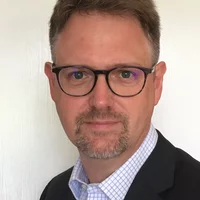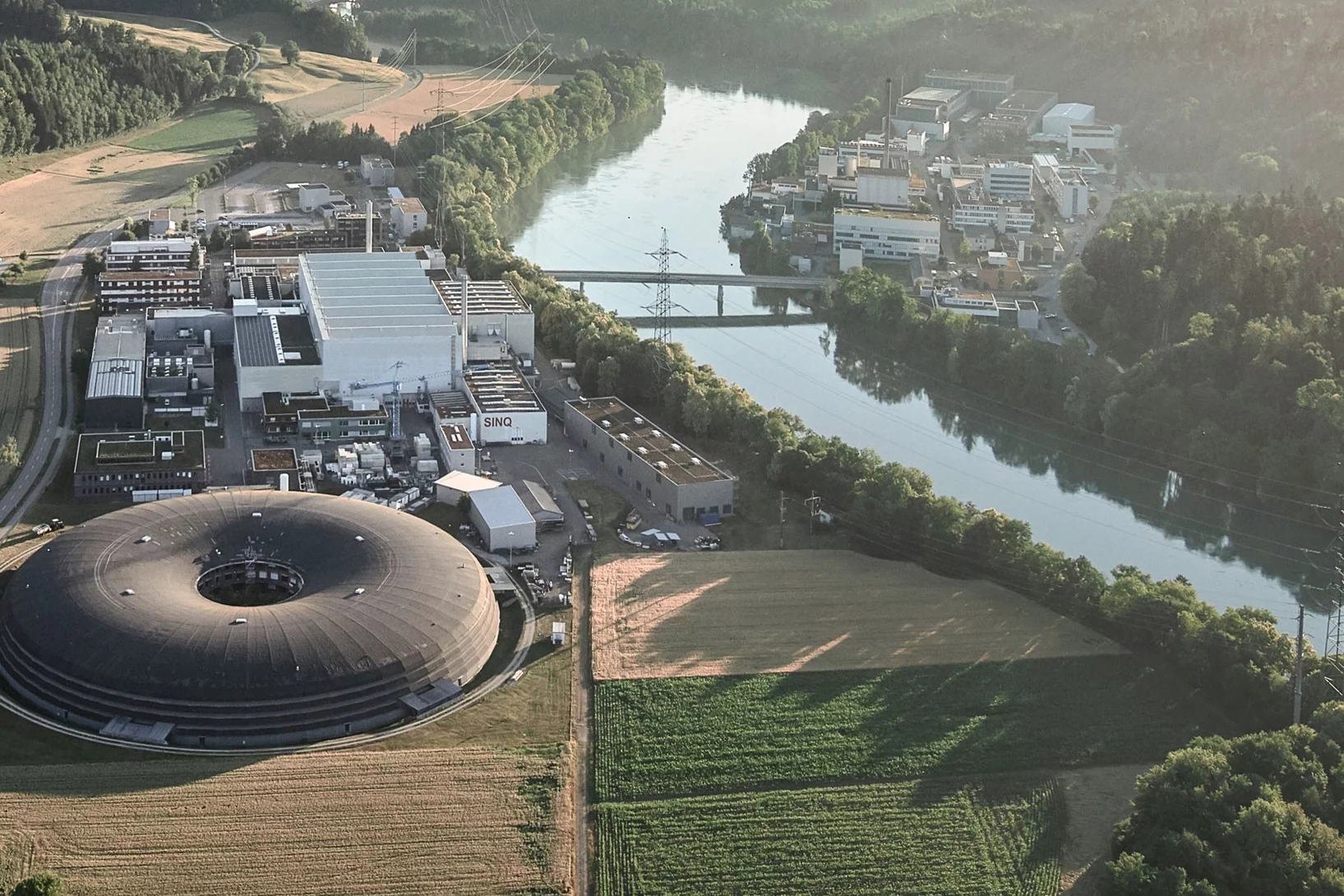The upgrade of the Swiss Light Source SLS, one of the large research facilities of the Paul Scherrer Institute PSI, is moving ahead: the electrons are back now in the completely new electron storage ring. A report from the SLS control room.
To switch on a large machine, just pressing a button is usually not enough. And the Swiss Light Source SLS is quite a remarkable machine: an accelerator-based large research facility that will soon resume producing high-intensity X-ray light for around 20 experiment stations at the Paul Scherrer Institute PSI. Thanks to the SLS 2.0 upgrade and a significantly slimmer electron beam, this light will be many times brighter and thus will enable better research than ever before. Now it is the beginning of 2025, and the facility is being awakened from its 15-month sleep. Step by carefully considered step.
“We tested the linear accelerator and the booster before Christmas and got them running again fairly quickly, which was encouraging,” says Jonas Kallestrup. He is an accelerator physicist who did his PhD at SLS, then worked at the Diamond Light Source in the United Kingdom for a few years and is now back at PSI since 2022. His main responsibility here is for the booster he mentioned: after the linear accelerator, this is the part of SLS that brings the electrons up to nearly the speed of light. From there they have to be brought into the electron storage ring. And from here, it gets exciting.
That's because the electron storage ring, with a circumference of 288 metres, is brand new. As part of the SLS 2.0 upgrade project, it was replaced starting in October 2023. This means: a new vacuum tube within which the electrons can speed around almost undisturbed; a new, sophisticated arrangement of around 1,000 high-performance magnets along the ring, surrounding the vacuum tube to keep the electrons on their precise course; and new associated pipes and tubes, cooling systems, vacuum pumps, and a total of around 500 kilometres of cables to connect everything.
A landscape of number columns and diagrams
Kallestrup is part of the commissioning team, which these days is working with great concentration in the PSI control room in the building next to the SLS. Five to ten people typically sit here, some of whom were already part of the team when SLS was first commissioned in 2001. Eighteen large computer screens, each with a dozen application windows, are set up in a semicircle. Together they show a neatly arranged landscape of number columns and diagrams, enabling the team to keep an eye on the relevant parameters of SLS.
Masamitsu Aiba wrote his master's thesis on particle accelerators 25 years ago. He later worked at CERN, and in 2009 he came to PSI. Now his specialty is injecting the electrons into the ring. “We’re about to see if all the new components fit together as precisely as we planned and calculated beforehand.” Aiba was himself involved in these detailed calculations – preparations for the renovation began several years ago.
On Tuesday, 14 January, the team succeeds in introducing the electrons into the first part of the storage ring. The particles do not get very far at first; which isn’t the first goal anyway. “It would be useless if we sent the electrons to do a full round once, but it was a bad round,” Aiba explains. The particles are so fast that, when SLS is operating, they fly through the entire ring a million times every second – even the smallest disturbance is noticeable. Actually storing the electrons in the ring only works if the first and therefore all subsequent rounds are as perfect as possible.
On his screens, Aiba can see exactly when the beam is not advancing well enough, and which magnet then needs to be adjusted and how. “Then we switch the machine off and confer with the people from the metrology group. They go into the accelerator tunnel and correct the magnets.” This part of the process is completely analogue, as screwdrivers are used to fine-tune individual permanent magnets until they are even better adjusted.
These new high-performance magnets are a crucial part of project SLS 2.0: the total number of magnets has been significantly increased; but where previously only electromagnets were installed, a large number of permanent magnets are now also in use. This makes the SLS a facility that is unique in the world and saves 60 percent energy compared to before. In addition, the permanent magnets reduce the noise that can affect the electron beam. All in all, the upgrade makes the electron beam 40 times better than before.
From a quarter of a lap to a million
On Wednesday, 15 January, the electrons are making it through the first quarter of the ring. One of the software windows on the second screen from the right displays a graphic with a row of 130 green dots, like pearls on a string. They show the measured values of the so-called beam position monitors, which register the position and intensity of the electron beam along the ring. The first 30 or so points have moved up, while all those behind them are still on the zero line – indicating how far the beam is getting so far. To make it farther, a few technical adjustments are now required.
On Friday afternoon, 17 January, the electrons are making their first full circle. It still is not a closed path; that is, it is not yet a “stored electron beam.” But this is an important interim result, justifying a quick breather and a happy e-mail to everyone involved.
Now the second phase of beam optimisation begins. On the screen on the far right, a red spot is visible on a bright blue background. “We get this image from a fluorescent screen we inserted into the storage ring,” explains Felix Armborst, who is in charge of control room operations for SLS. Armborst is an accelerator physicist who did his PhD at the BESSY II synchrotron in Berlin. He has been working at PSI since 2021, so like Kallestrup he is part of the younger generation. “The screen is almost transparent to the high-energy electrons, so they fly through it, and if they manage a whole lap, we will see that as a second red spot next to the first.” From then on, the commissioning team will work its way forwards: to a third lap, a fourth, and so on.
Tuesday, 21 January: the electron beam is completing 34 relatively stable laps. The beam position monitors indicate this success. But in the later rounds the beam intensity decreases significantly. Aiba points to the red curve, which clearly shows this drop. There is still a long way to go to the first million rounds.
And finally, in the late morning of 23 January, the team succeeds: “Stored beam! We have a stable stored electron beam in the ring!” a team member shouts – and then everyone shouts it together for souvenir photos and videos. Great relief in the control room. “This is something you only experience maybe once in twenty years!” says Kallestrup with a broad smile.
So that’s how you switch on one extraordinary machine – successfully and on schedule.







